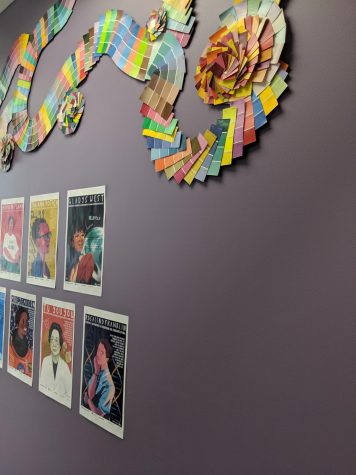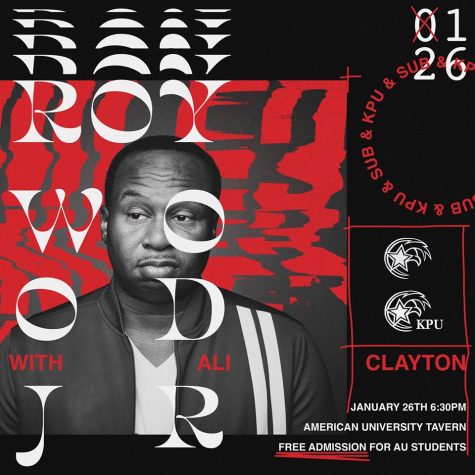The Ivory Tower’s Fortress: Brookland
Were it not for the warehouse bearing the neighborhood’s name that looms over the metro platform, it would be hard to tell that these two sides of the Brookland/ Catholic University metro station were part of the same neighborhood.
At first glance, it looks like another new chic urban hotspot, virtually indistinguishable from Columbia Heights or NoMa. A short stroll northeast tells a much different tale; one of a storied DC working class neighborhood, an “urban renewal” project that the city seems to never have finished. It’s hard to imagine two neighborhoods so disparate in income and history could coexist a few blocks apart.
To say that they do would not be entirely truthful.
College is for many a “practice-run” for life, a world sealed away from the adulthood. For people between voting and drinking ages, a college campus can provide a sense of comfort and camaraderie. Catholic University of America (CUA), it seems has gone to great lengths to make this conceptual divide between worlds into a physical one.
Over their newly constructed student apartments that surround the university’s campus, one can hardly see the neighborhood outside. The once-abandoned Monroe street is now lined with shops and apartments priced for and filled with students. One would be hard pressed to find a local Brooklander anywhere near the counter at Starbucks or Potbelly Sandwich Shop.
At 12th street, once Brookland’s central artery, the hip urban luxury comes to an abrupt end. Many of the businesses are boarded up or burned out. The ones that stuck around pull bars down over their storefront windows after closing every night to avoid theft. It couldn’t be a further departure from the enclave CUA has created for its students.
Brookland station was recently named the most violent metro stop in the WMATA system. The transit authority reported 44 incidents of violent crime at the stop in the first three quarters of 2013. Quite a few of these were against CUA students, who can’t help but stick out in Brookland, being that the student body is 65 percent white and the surrounding neighborhood largely African American.
Whether CUA’s presence in Brookland is a malignant or benign one depends on who you ask or what side of 12th stand on. For students, it serves as the barrier between their college experience and a neighborhood that social scientists would politely describe as “transitioning”. For those that call Brookland their home, it seems like another expensive wall put up a by a city that does not seem eager to have them.






